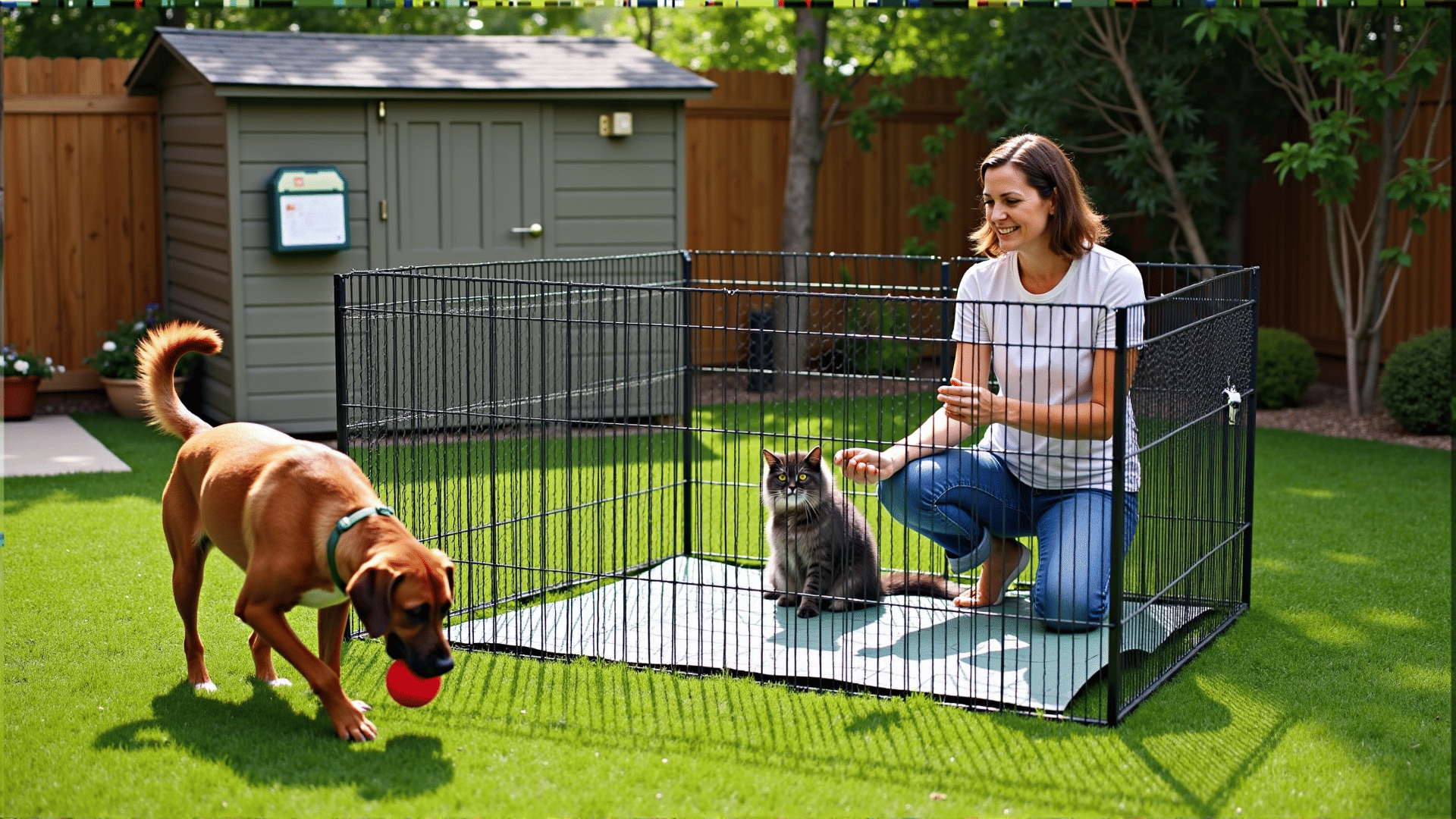Ensuring the well-being of pets is an important responsibility for any pet owner. Whether your furry friend is indoors or venturing outside, several safety measures can significantly enhance their protection and comfort. By being mindful of potential hazards and implementing simple yet effective strategies, you can create a secure and nurturing environment for your pets.
Indoor Safety Measures
Secure Hazardous Items: Start by identifying household items that could be hazardous to your pet. Common items like cleaning supplies, medications, and certain foods can pose severe risks. Keep these out of reach, ideally in closed cabinets.
Pet-Friendly Plants: Many common houseplants can be toxic to animals. It's important to research and choose non-toxic varieties. Avoid plants like lilies, philodendrons, and certain ferns, and opt for pet-safe options instead.
Safe Spaces: Providing a safe space for your pet can help them feel secure and reduce anxiety. This could be a specific area of your home with their bed, toys, and water. Make sure this area is free from sharp objects or loose cords that could present a hazard.
Outdoor Safety Measures
Supervised Outdoor Time: When taking your pet outside, supervise them closely. Busy roads, other animals, and unfamiliar environments can create unsafe situations. Use a leash to maintain control, especially in areas with heavy foot or vehicle traffic.
Secure Boundaries: If your pet enjoys playing in the yard, ensure fences are secure. Regularly check for any gaps or weak points that your pet could slip through. Additionally, be aware of local wildlife that might pose a threat.
Microchip and Identification: For added safety, ensure your pet has proper identification. A collar with an ID tag is essential, but a microchip provides a permanent form of homecoming identification if they become lost.
General Health and Safety
Regular Check-Ups: Routine visits to the veterinarian are crucial for maintaining your pet's health. Regular check-ups can help catch potential health issues early and keep vaccinations up to date.
Balanced Diet and Hydration: A well-balanced diet and plenty of fresh water are vital for your pet’s health. Ensure that food and water are easily accessible and suited to their dietary needs.
Exercise and Mental Stimulation: Regular exercise and mental challenge are essential for your pet’s physical and mental health. Aim to include activities that stimulate both their body and mind, such as walks, toys, and interactive games.
Emergency Preparedness
First Aid Kit: Have a pet-specific first aid kit ready for minor injuries or emergencies. This should include bandages, antiseptic wipes, and any specific medications your pet might need.
Emergency Contacts: Keep a list of emergency contacts handy, including your veterinarian and local animal emergency services. In times of need, having immediate access to these numbers can reduce stress.
Conclusion
By being proactive and attentive to the surroundings both indoors and out, you can ensure the safety and happiness of your beloved pets. Whether through securing hazardous items in the home or practicing safe outings, these measures will help you create a protected environment that allows your pets to thrive. Remember that a little preparation goes a long way in ensuring that your pets are healthy, happy, and safe.
